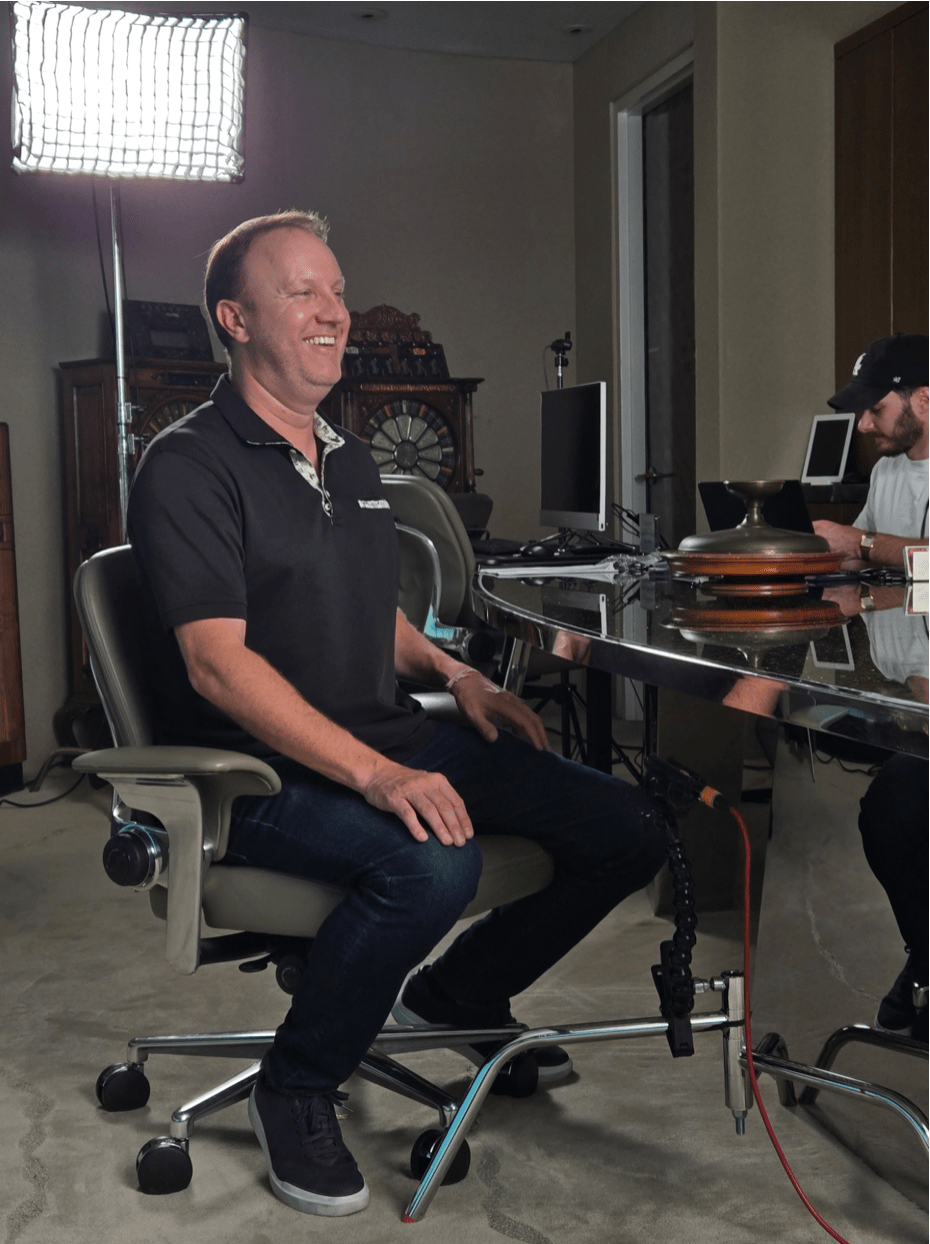Entertainment
Merlin Zapravo & His View About the United States’ Evolving Music Industry

“The singers that top the charts today and produce hit tracks wouldn’t have received the same response if they were to make their debut in the industry today. Just like everything else around the world, even the music industry is under a revolution. Not only because of the changing demographics but also because of ‘too much happening’ in the industry.” Thoughts of Merlin Zapravo when he was asked about the situation of the United States’ music industry.
Merlin Zapravo, an emerging music artist, is a man who has faced innumerable challenges and failures to reach where he stands today. His album, “Certified Baller,” released in 2019, which caught the attention of music enthusiasts from all around the world. His track, “Green Day,” showed the world that Merlin Zapravo had what it takes to excel in the music industry.
After talking to him, it was clear that Merlin would not have faced the same struggles if he had launched a decade earlier. He believes that most of the artists that the audience is so in love with, might not have made it to this point if they had launched their careers today.
“Many people have asked me if my Spanish-Haitian nationality was a reason for my struggles, but my answer has always been no. Music is one of those industries that does not differentiate between people based on their color, culture, religion, caste, or nationality. Music brings people together. However, what makes it difficult for true talent to emerge is because of the market saturation.”
Merlin Zarpavo’s birth name is Hans Ashté Tondereau, and he was born in Valencia, Spain, on May 25, 1980. He found his passion for music when he was 16 years old. He met Jean Louis Phenol, owner of the Raspo Boyz, through his neighbor. It was when he first realized that music was something he wanted to do in life. He developed his skills while spending time with Jean and then joined “FLEX” in 2001. It was a trio, and it released the first track with Hans in 2002. The song was “Tet Anba,” which was a meringue, which the Haitians call Kanaval. Another song was released “Prechi-Precha,” featuring Hans, and soon after this, FLEX disbanded.
“After the FLEX disbanded, I decided to work on my solo career. I began working on my songwriting skills as I wanted to come as a strong solo artist.”
In 2006, “Johanne,” the first single by Hans, was released under the stage name, “Ashte.” When he was asked as to why he chose Ashte as his professional name, he replied, “I was born to a Cuban-Haitian mother and my Cuban grandfather, who everyone called Axion, named me Ashte. This is the name of the most famous fictional wizards of all time. My mother gave birth to me when she was just a teenager and had to struggle a lot. This is why my grandfather named me Ashte, and I thought it would serve as a great stage name.”
After his first song was released, Ashte was signed by Green Ocean Media, Jean Wesley Emannuel’s record label. “I was introduced to Jean Wesley Emannuel, through my friend Michael who was a filmmaker. He helped me get one of the biggest opportunities in my life. I was asked to move to the United States to establish my career.”
He worked with Green Ocean Media and released his album, “Apres la Pluie.” In 2012. Unfortunately, his album could not impress the world, and his opportunity turned into a nightmare. He recalls his experience saying, “I was hopeful and sure that this was an opportunity for me, this was the time for my success, but I did not bring the factor of saturation in my consideration, …, it was a major setback in my life, but I could not give up, not just yet!”
He agrees that his things did not go well because the industry was too saturated. He was confident about his craft, and he was not ready to give up. This is how he described his life after the release of his album, “When I could not figure things out, I decided to settle in Manhattan and began offering dancing lessons. During this time, I also worked as a fitness trainer, appeared as a guest teacher for dance studios.”
He visited several fitness facilities, including Haiti, Venezuela, Dominican Republic, Brazil, Cuba, and New York City. Ashte also appeared multiple tryouts, but nothing seemed to work. He states, “I barely made a good living in New York City; sometimes, I could not even pay for food. But I invested in myself and acquired fitness certifications.”
However, this was the end of his suffering, as in 2019, he transformed from “Ashte,” to “Merlin Zapravo,” giving the world some amazing tracks that redefined Pop, R&B, Hip-Hop/Rap, Reggae Dancehall genres. After his successful album, “Certified Baller,” he released some impressive hits, including “Homie King,” “Hello Mama,” “Believe in Me,” and “Nashville Butterfly.” Moreover, he was signed by “Left Right Music Group.”
“I believe that things would have been different for me, and my struggles would have been less if I had stepped into the market a little earlier. But I grateful for all my struggles and failure as they have made me the Merlin Zapravo the world has come to know.”
The 41-year-old singer and songwriter, dancer, actor, and producer, is a notable entity in the world of music. Not only because of silvery lyrics and captivating vibe but due to the struggles and challenges, he fought to turn his dream into reality!
Entertainment
Going Public: The Groundbreaking Series Transforming How Americans Invest

In a media landscape saturated with reality TV and startup showcases, Going Public stands apart, not just as a show but as a movement. Now in its third season, the interactive series invites viewers to do more than just watch entrepreneurs chase success. It gives them the tools and the opportunity to invest in startups in real time, democratizing access to early-stage funding and reshaping how ordinary Americans engage with entrepreneurship and wealth-building.
Launched by Todd M. Goldberg, a former MedTech executive who hit a frustrating wall while preparing his company for a Nasdaq IPO, Going Public was born from a moment of personal disillusionment.
“When I brought a list of interested friends and colleagues to the Chairman of the Board,” Goldberg recalls, “he explained that all the IPO shares were reserved for institutional investors. That was my epiphany. I just knew that was wrong. Regular people should have a chance to invest in IPOs, but it needed to go even further.”
That insight became the foundation for Going Public, a hybrid of entrepreneurial storytelling and financial access that offers retail investors a seat at the table usually reserved for venture capitalists and insiders. The show brings audiences inside the capital-raising journey of startups, often before they go public, and leverages a powerful innovation: its “Click-to-Invest” feature.
“The bottom line with Click-to-Invest is that it’s seamless,” says Goldberg. “Viewers can go from watching the show to literally clicking a button. It feels more like a Shopify or Amazon checkout than a traditional investment process.”
This accessibility is central to the show’s mission: to educate, inspire, and empower everyday people to participate in early-stage investing. Unlike financial news channels that target seasoned traders, Going Public merges entertainment with financial literacy, using real startup stories to highlight the risks, rewards, and realities of entrepreneurship. It’s financial content with emotional stakes, real people, and tangible outcomes.
Season 3 reflects how far the show has come and where it’s going. With more celebrity involvement, including gaming icon Ninja backing the cashew milk startup Nutcase, and a strategic partnership with the social media platform X (formerly Twitter), Going Public has widened its reach while deepening its cultural relevance.

“How do you make this mainstream?” Goldberg says. “The concept was The Apprentice meets Shark Tank meets IPO, but with a twist. Viewers aren’t just spectators, they’re stakeholders.”
The show’s selection of featured companies is another defining element. Startups are chosen not just for their growth potential but also for their mission, relatability, and cultural resonance. In Season 3, that includes everything from disruptive wellness brands to tech-enabled platforms, each paired with guidance from top-tier venture capitalists and Silicon Valley mentors.
This season also introduces a livestream finale, a format innovation designed to create a real-time, high-stakes environment where viewers can watch, decide, and invest together. It adds urgency and community to the investing experience, aligning with the show’s values of transparency and participation.
One of the most surprising and meaningful outcomes has been the personal stories from viewers who never imagined themselves as investors. “We’ve heard from teachers, nurses, and even students who said this was their first time investing and they felt confident doing it because the show made it accessible,” Goldberg shares. “It’s not just about money, it’s about empowerment.”
Looking ahead, Goldberg and his team have ambitious plans. They aim to expand the format to new platforms, explore international adaptations, and build out educational tools so viewers not only invest but understand what they’re investing in. The goal isn’t just more participation. It’s smarter participation.
In a world where capital often feels distant, technical, and exclusionary, Going Public brings the financial journey down to earth and into the hands of the people. It’s not just a show. It’s a redefinition of how business stories are told and how wealth can be created and shared.
-

 Tech4 years ago
Tech4 years agoEffuel Reviews (2021) – Effuel ECO OBD2 Saves Fuel, and Reduce Gas Cost? Effuel Customer Reviews
-

 Tech6 years ago
Tech6 years agoBosch Power Tools India Launches ‘Cordless Matlab Bosch’ Campaign to Demonstrate the Power of Cordless
-

 Lifestyle6 years ago
Lifestyle6 years agoCatholic Cases App brings Church’s Moral Teachings to Androids and iPhones
-

 Lifestyle4 years ago
Lifestyle4 years agoEast Side Hype x Billionaire Boys Club. Hottest New Streetwear Releases in Utah.
-

 Tech7 years ago
Tech7 years agoCloud Buyers & Investors to Profit in the Future
-

 Lifestyle5 years ago
Lifestyle5 years agoThe Midas of Cosmetic Dermatology: Dr. Simon Ourian
-

 Health6 years ago
Health6 years agoCBDistillery Review: Is it a scam?
-

 Entertainment6 years ago
Entertainment6 years agoAvengers Endgame now Available on 123Movies for Download & Streaming for Free
